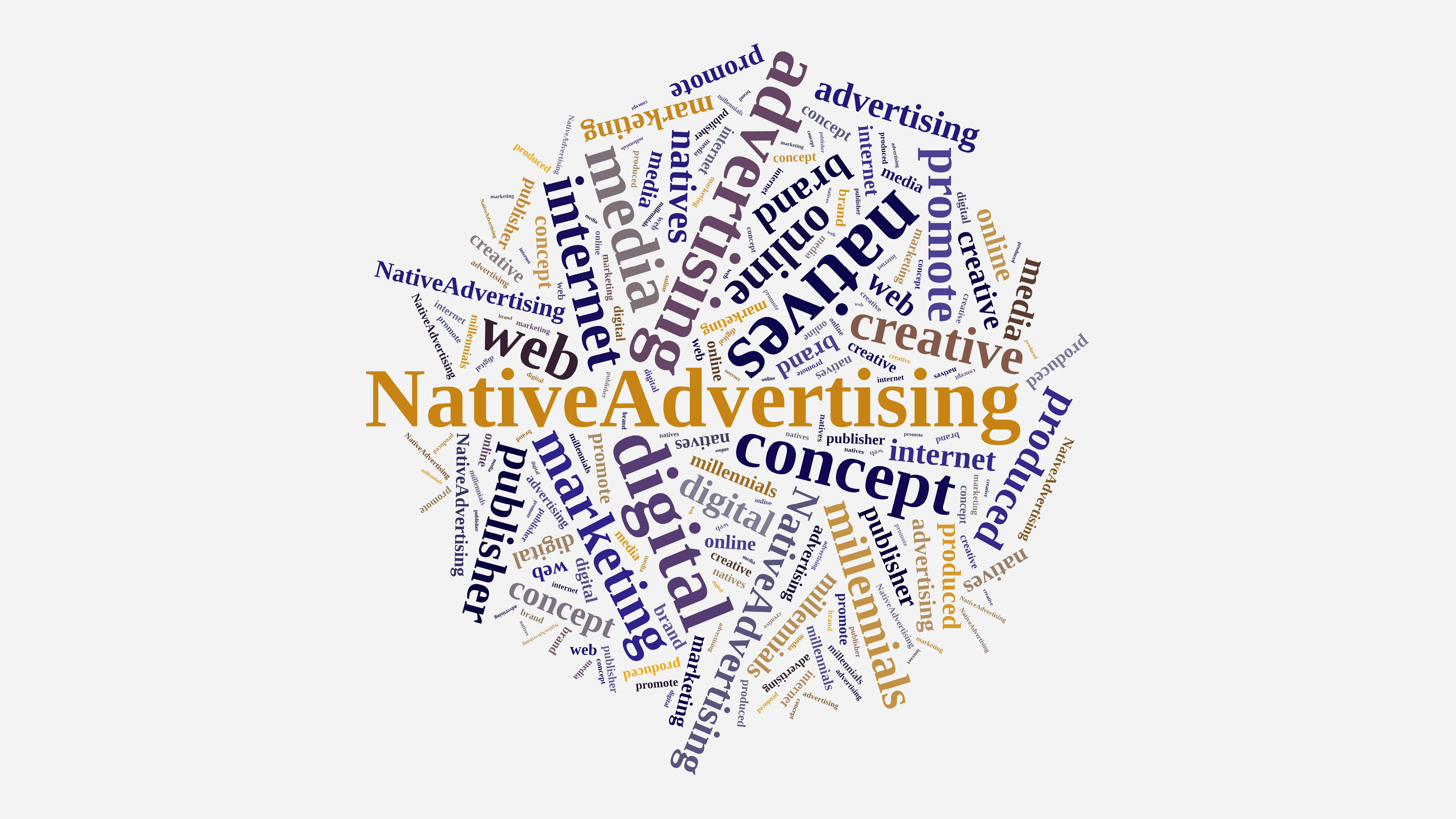
Native advertising – also known as branded content – has been around for a few years, but only recently has it really begun to flourish. Native ads are high-quality sponsored content, provided in the context of the user’s experience, such as promoted tweets or branded articles placed alongside editorial content. Content as a marketing strategy has been rapidly proliferating (“73% of B2B content marketers are producing more content than they did one year ago” according to the Content Marketing Institute), so the fact that marketers are now delving into native advertising really comes as no surprise.
Forbes, for example, launched BrandVoice three years ago, a “thought leadership and storytelling platform for marketers.” BrandVoice features columns published by brands alongside Forbes’ own editorial offering. The media company estimates that “approximately 20 percent of its total revenues [in 2013 were] generated by BrandVoice partners and projects an increase to about 30 percent by 2014.” And with the redesign of the New York Times website a few weeks ago, the news organization, too, has started publishing branded content.
But how does it work out for marketers? Consider the following statistics, from CMO.com: users “are 25 percent more likely to look at a native ad than at a banner, and they look at them 53 percent more frequently” and they are also “considerably more likely to share a native ad with others (32 percent versus 19 percent) and showed 18 percent more intent after viewing them.” The demand for content has been increasing lately, and audiences are finding that native ads provide the insight and thought leadership they are looking for.
In our 2014 B2B Marketing Outlook, we predicted that this year will bring about an explosion of native ads as B2B marketers look for new and more effective ways to connect with target audiences through valuable and engaging content. As marketers keep adapting to the changing digital landscape, content marketing will continue to proliferate3 – and that includes native advertising.